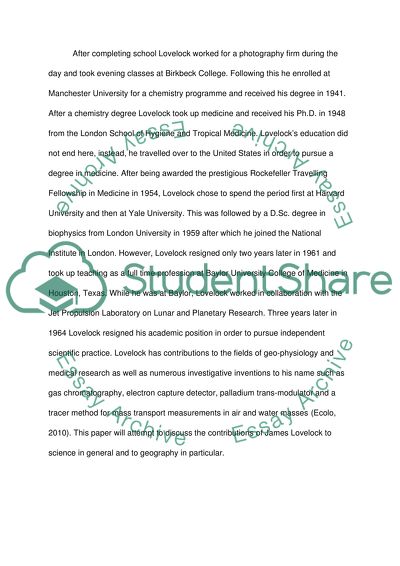Cite this document
(“The importance and influence of James Lovelock in geography Essay”, n.d.)
Retrieved from https://studentshare.org/geography/1444573-the-importance-and-influence-of-james-lovelock-in-geography
Retrieved from https://studentshare.org/geography/1444573-the-importance-and-influence-of-james-lovelock-in-geography
(The Importance and Influence of James Lovelock in Geography Essay)
https://studentshare.org/geography/1444573-the-importance-and-influence-of-james-lovelock-in-geography.
https://studentshare.org/geography/1444573-the-importance-and-influence-of-james-lovelock-in-geography.
“The Importance and Influence of James Lovelock in Geography Essay”, n.d. https://studentshare.org/geography/1444573-the-importance-and-influence-of-james-lovelock-in-geography.


